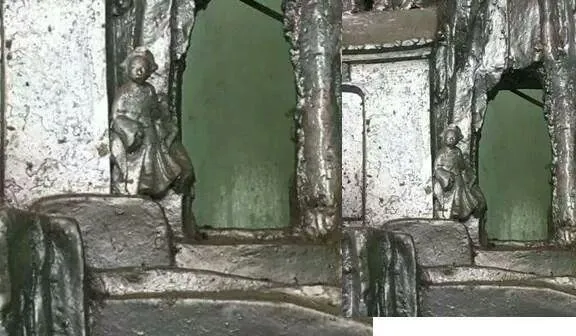
The story of Maung Kan
412
The story of Maung Kan, who is said to have turned into a stone statue at the Shwedagon Pagoda, is a popular mythical tale in Myanmar society. However, there is no solid historical evidence to support it. This story originates from oral tradition and is not precisely documented in the official history of the Shwedagon Pagoda or other historical records of Myanmar.
Background of the Story
According to the popular narrative, Maung Kan was transformed into a stone statue due to the Buddha's divine power or a mischievous act when he visited the Shwedagon Pagoda. Some versions suggest that Maung Kan was punished for disturbing pilgrims or attempting to desecrate the pagoda's property. This story likely serves as a moral lesson, encouraging people to avoid evil and do good deeds.
Historical Evidence
Studies by historians and archaeologists indicate that there is no mention of Maung Kan's transformation into a stone statue in official historical records, stone inscriptions, or palm-leaf manuscripts related to the Shwedagon Pagoda. The history of the Shwedagon Pagoda spans over 2,500 years, and while there have been numerous renovations and documentations throughout its history, the absence of specific evidence regarding Maung Kan further highlights the mythical nature of this story.
Even the most important historical records concerning the pagoda, such as the Shwedagon Thamaing (History of Shwedagon) books, do not describe this event. Therefore, it can be concluded that the story of Maung Kan is merely a folk tale, a legend, or a narrative passed down through local oral tradition.
Insight
Although the story of Maung Kan is a legend, it continues to hold influence within the community. I believe this story reflects concepts that encourage people to believe in the power of pagodas and stupas, to respect their sanctity, and to abstain from wrongdoings. Furthermore, it can be seen as contributing to the portrayal of the Shwedagon Pagoda's sacredness and its religious significance.
In conclusion, while the story of Maung Kan turning into a stone statue is a compelling legend, it is difficult to accept it as a historical fact due to the lack of strong historical evidence. It should be regarded simply as a folk tale, a story that reinforces people's faith and devotion.